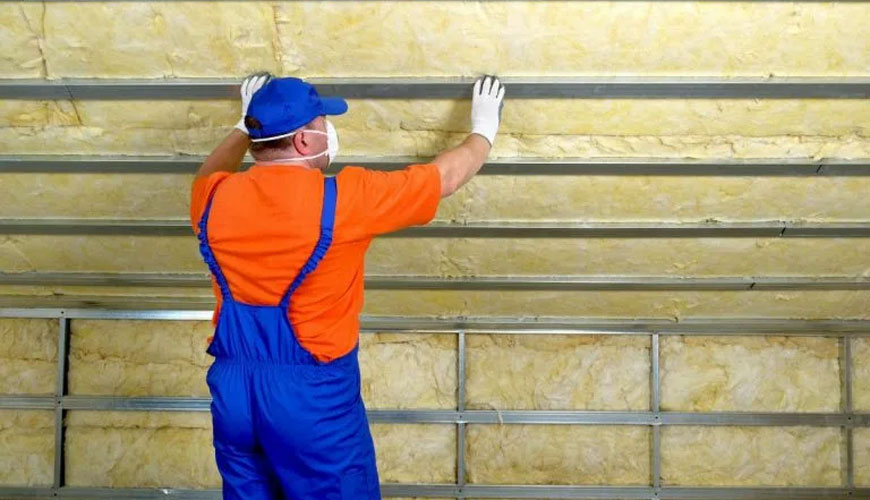

Thermal insulation, or external thermal insulation, helps increase the energy efficiency of a building. Because it reduces electricity and gas consumption and carbon dioxide production and considerably reduces the amount of energy consumed.

Especially in winter, heating systems increase the temperature until it reaches a certain level. Once this temperature is reached, the heating system stops producing more heat. From that moment on, it starts to lose the accumulated heat, as the heat moves towards cold areas and tries to create a thermal balance with the outside of the building. If the temperature drops, the heating system starts working again and generates new heat, thus consuming more energy. Having an external thermal insulation system reduces the amount of heat emitted in buildings by moving from inside to outside. It manages to keep the inside of the buildings warm for much longer. This means that the heating system will run for a shorter time, reducing consumption rates and reducing the negative impact on the environment.
Thermal insulation, on the other hand, also works well in the summer. The amount of energy required to bring the temperature down by just a few degrees is much greater. External thermal insulation slows down the rate at which heat from outside enters buildings and keeps buildings cooler for longer.
Thermal performance is a key element in determining the energy efficiency of buildings. Various values are used to measure different aspects of the thermal performance of materials, such as the thermal conductivity value and the heat transfer value between the interior and exterior of a building. Essentially, the insulation performance of a material is generally determined using three thermal values: coefficient of thermal conductivity, thermal resistance, and thermal transmittance.
The thermal conductivity coefficient is an intrinsic property of materials and relates to the amount of heat transmitted between two faces of a flat surface of a material. The lower this value, the better the thermal insulator of the material.
The thermal resistance value indicates the thermal resistance of a material, or its ability to resist heat flow. This value depends on the thickness of the material used. The higher this value, the higher the thermal resistance.
Thermal permeability indicates how fast heat moves through a material.
Our organization also provides thermal insulation efficiency testing services with its trained and expert staff and advanced technological equipment, among the numerous test, measurement, analysis and evaluation studies it provides for businesses in various sectors.
To get an appointment, to get more detailed information or to request an evaluation, you can ask us to fill in our form and reach you.